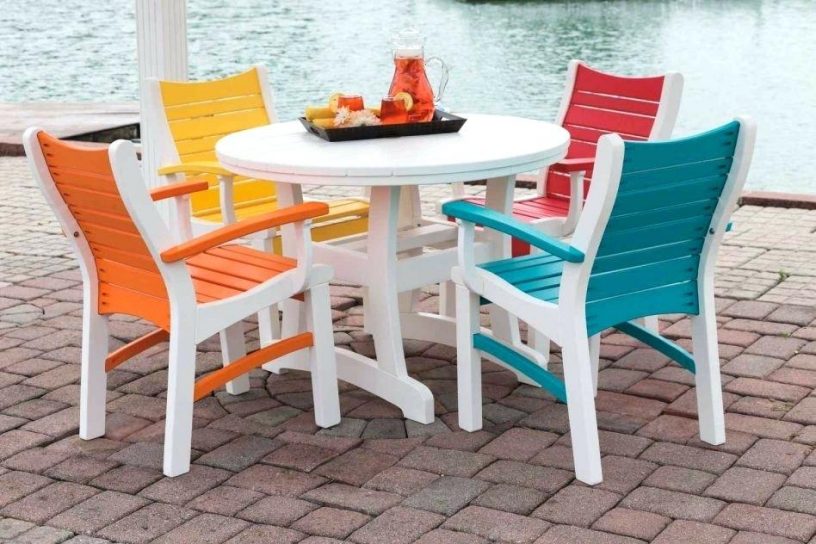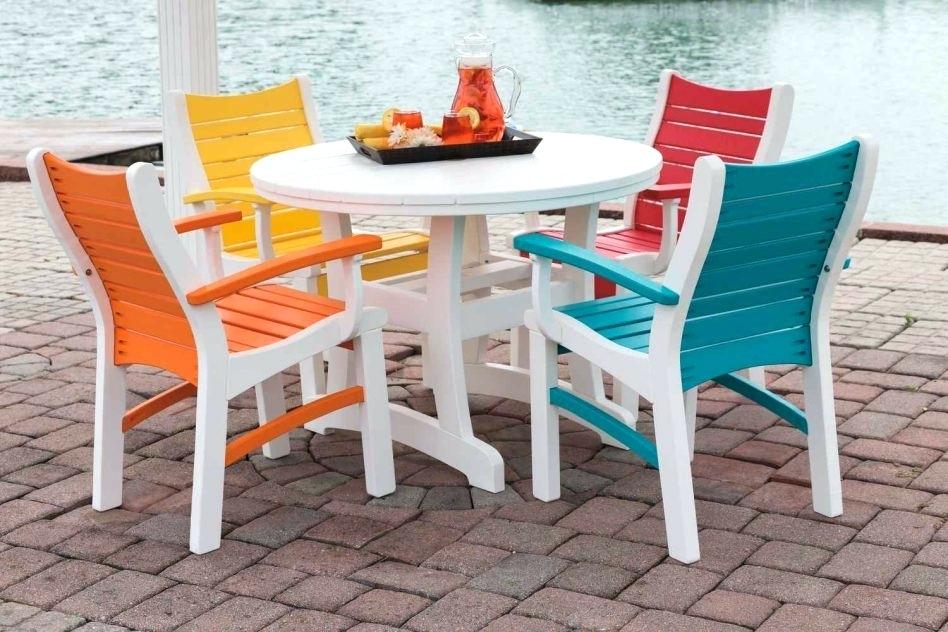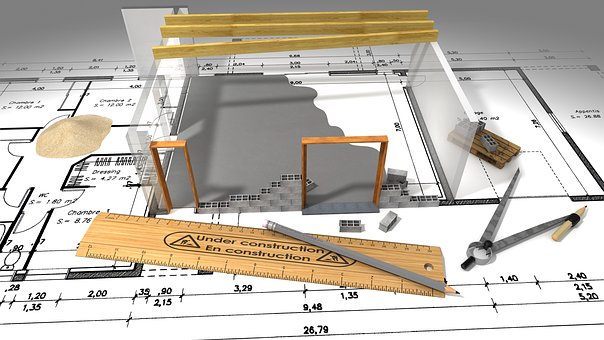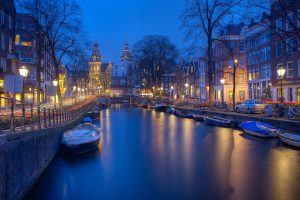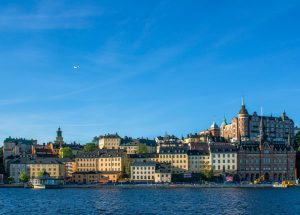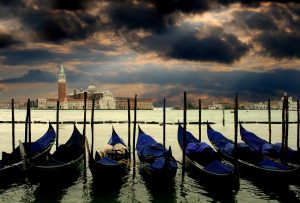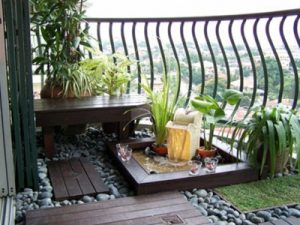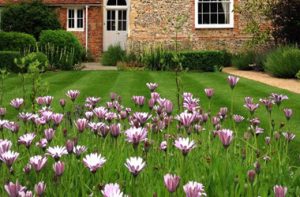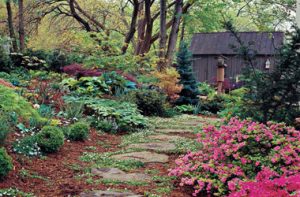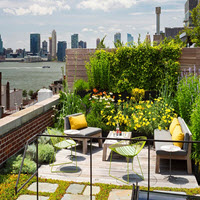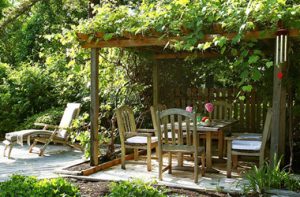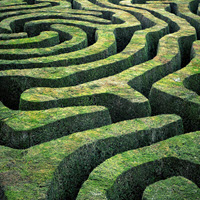Infosys Pune
Infosys Pune is located just outside of Pune, Maharashtra. Resembling spaceships come to land, Indian Infosys’ campus provides a futuristic vision of the country’s architecture.
The egg-like buildings was designed by Indian architect Hafeez Contractor. The first was completed in 2006 and a duplicate followed later.
The buildings are made of glass, aluminum, and steel. They are tilted at an angle of around 10 degrees.
Did you know? You can find the designs of Hafeez Contractor across the country, including the twin Imperial Towers in Mumbai.
Rashtrapati Bhavan

The Rashtrapati Bhavan, located in New Delhi, is the official residence of India’s president.
The H-shaped building, former known as the Viceroy’s House, was designed during British rule. In 1947 when India became independent, it was renamed Government House and then in 1950, it took on its current name under the first president of India, Rajendra Prasad.
The most notable feature of the Rashtrapati Bhavan might be the tall dome at its center. It is made almost of stone and a very little steel.
Its design blends Indian and Hellenic architecture.
Did you know? This building contains a lot of rooms – 340 to be exact – with corridors having a combined length of 2.5 kilometers (1.55 miles).
Victoria Memorial
The Victoria Memorial, located in Kolkata, is one of the most typically structural reminders of British rule in the country. It dedicated to the memory of Queen Victoria and is used as a museum. The building is a popular tourism destination in the largest city of eastern India.
The large marble building was designed in the Indo-Saracenic (or Indo-Gothic) style, blending classic Mughal architecture with Gothic revival styles that are popular in Europe.
The building’s central dome houses a marble statue of Queen Victoria.
Did you know? The Victoria Memorial was built using marble from the same quarries in Rajasthan like the Taj Mahal.


